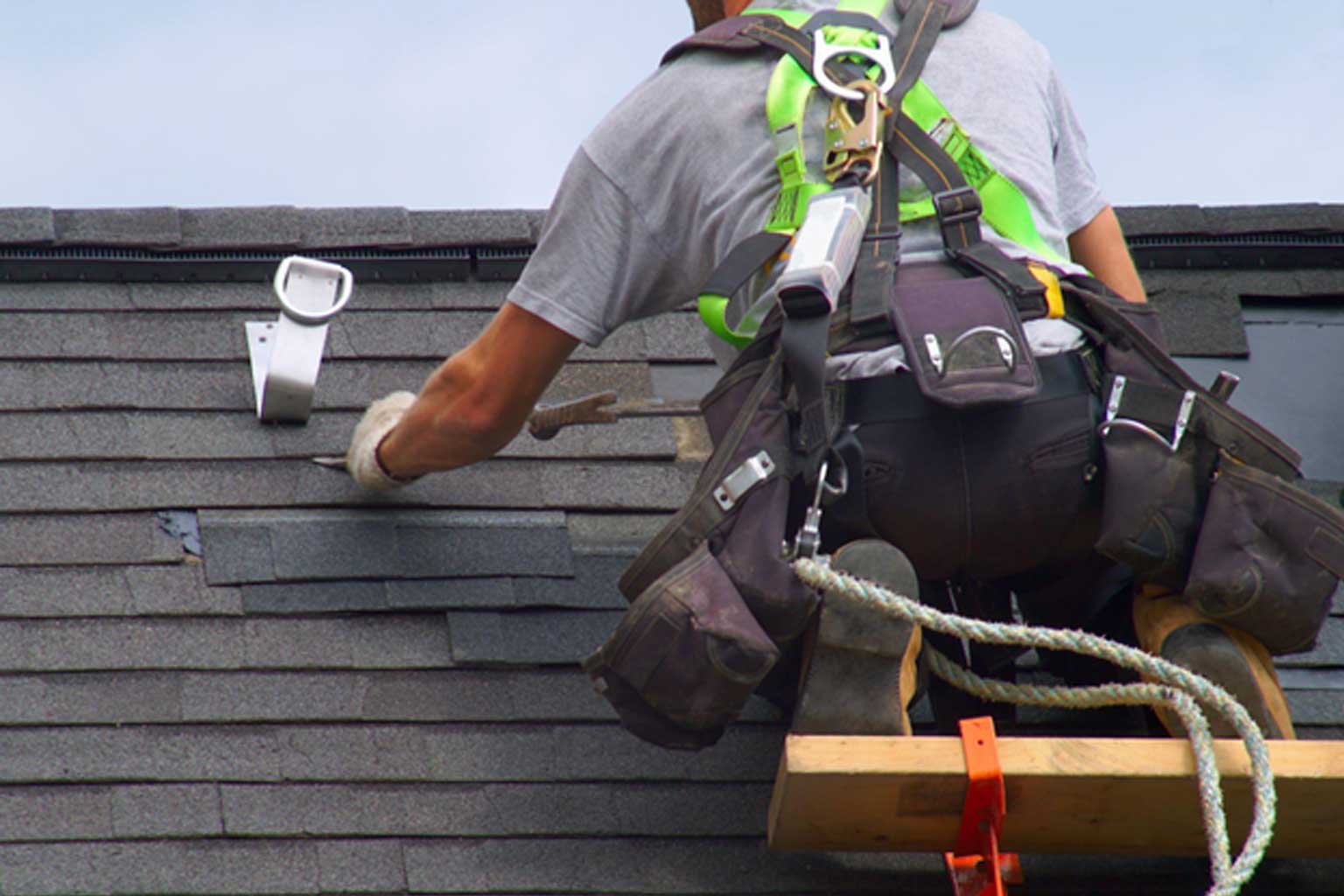
Whether you’re having a new roof installed or just hiring a roofing company to make some repairs, you’re likely to encounter some terms you may not know. But don’t worry. This is perfectly normal. To help you to understand your roofing project fully, here are 25 essential roofing terms and what they mean:
1. Asphalt
Asphalt is a type of material that helps to waterproof your roof and the materials used to construct it.
2. Back Surfacing
This is a material that is used to prevent shingles from sticking together.
3. Bridging
Bridging is a type of roofing method used for metric-sized shingles.
4. Built-Up Roof
This is a type of roof that is constructed from several layers of ply sheets. The layers are then embedded into the asphalt.
5. Caulk
This means filling an area with asphalt cement or another type of adhesive to prevent any leaks from happening.
6. Deck
This is the base surface of a roof to which all other materials are applied.
7. Dormer
A Dormer is a small structure, typically with a window, that is coming out from a sloped roof.
8. Drip Edge
This is an L-shaped metal strip that is used on the edges of roofs to help water drip off of a roof. This prevents the water from dripping on the deck, eaves, and siding.
9. Eave
An eave is the horizontal edge of a sloped roof. They are usually the lower edge.
10. Felt
Felt is a type of material that is covered in asphalt to be used as a layer of protection for the deck of the roof.
11. Flashing
These are pieces of metal that are used on the roof to prevent water from being able to get into the building through any openings, such as chimneys, vent pipes, or anything else.
12. Gutter
This is the trough that is installed along the edge of the roof to move water off of your roof from the eaves to the downspouts.
13. Interlocking Shingles
These shingles connect together through their interlocking shape. This helps them to be more wind resistant.
14. Laminated Shingles
Laminated shingles are made with several layers which help to make them thicker.
15. Mineral Stabilizers
These are different types of minerals, such as slate, limestone, and trap rock, that are ground and added to the asphalt. They help to add both fire resistance and durability to a roof.
16. Overhang
This is that part of the roof that goes beyond the walls of the house or building.
17. Ply
Ply is a layer of the roof. Roofs can be one-ply, two-ply, and so on.
18. Rafters
Rafters are the frame that supports the deck of the roof.
19. Ridge
When two intersecting sloping roofs meet, the top of where they intersect is the ridge.
20. Sheathing
The sheathing is a type of board or sheet that is used to cover the rafters of the house.
21. Slope
This is the degree at which the roof inclines.
22. Square
This is how the area of a roof is measured. One square equals 100 square feet.
23. Truss
This is an engineered part of the roof that helps to support the rafters.
24. Valley
When two sloping roof surfaces intersect and create an angle, it is called a valley.
25. Vapor Retarder
This material is used to prevent water from being able to pass through a roof or wall.
When you’re working with a roofing contractor, this guide will help you to understand every part of your roof’s construction. If you haven’t selected the right company for the job, be sure to reach out to us at Unified Roofing. We work with both residential and commercial roofs and can provide several different roofing services. When you’re ready to discuss your project, give us a call!


